Our next Yarmouth Reservation Walk is coming on June 1st.
See our events page for details and to reserve tickets.
The Historical Society of Old Yarmouth is committed to learning about and sharing the history and traditions of Yarmouth’s native peoples. To that end we have partnered with Marcus Hendricks, a native Wampanoag Nipmuc.
You may have met Marcus at one of our past events. His talks about native culture were so popular we have gone a step further.
In the Spring of 2020, Marcus began working on the Too’noopahs (Turtle) Wetu Project in our meadow near the Nature Trails and Kelley Chapel. He has erected a traditional Wampanoag wetu and will be conducting a series of talks and walks discussing indigenous history as well as festivals celebrating local indigenous culture. You may visit the wetu any time you are in the area. Funding for these programs has been provided by the Kelley Foundation.
The wetu was dedicated on May 16, 2021. Left to right are Mary Michel, Devin Wixon, Marcus Hendricks, Bob Kelley, George Slama and Mark Forest.
An Update on the Too’noopahs (Turtle) Wetu, April 2024
Some of you may have noticed construction taking place on the Too’noopahs (Turtle) Wetu near the Nature Trails and Kelley Chapel in Yarmouth Port. For the Wampanoag people, a wetu is a sacred structure. It is a home and the heart of family life. Due to the intensive labor in both harvesting materials and building this structure, it is an expensive and time-consuming project. Modern society and the constant clearing and privatization of land have made it more and more difficult to source the needed materials. With a lack of funds for continued maintenance and a struggle to obtain the needed materials, the structure remained unfinished and we could no longer call it a wetu - a home - in good faith. However, we feel it is important to solidify the space as a location to share culture and history of local indigenous people, by our people. We have decided to repurpose the materials and turn the Too’noopahs Wetu into a shade arbor/pavilion where our community can continue to gather together.
We are grateful for those who have supported us and been a part of this project from the beginning.
Kutaputunumuw.
Waban Webquish
Coming events are on our events page, or our Facebook page.
Marcus has recently self-published a calendar: Full Circle 13 Moons of Northeastern Turtle Island. Full Circle is more than a calendar, it’s a guide to seasonal living. It begins on the first new moon after the Spring Equinox, giving you the option to use it year after year. The purpose of this calendar is to immerse yourself in the natural world around you. Realign with Turtle Island as you cycle through the seasons. You can find out more and purchase directly from his website.
Did you know Yarmouth has a memorial to our native indigenous peoples?
“On this slope lies buried the last Native Indians of Yarmouth.”
This cairn was built in 1881 by Daniel Wing Jr. on the southeastern slope of Long Pond in South Yarmouth to recognize last resting place of the Indigenous Peoples of Yarmouth. Over the years the cairn began to collapse and in 2017 a committee was formed to refurbish and restore it. Photos below show the restoration. A new sign was installed which is historically correct and will act as an educational tool for readers. You can view the sign here. The memorial is located on Indian Memorial Drive and is open to the public.
Detail from the sign shows this map of the former reservation area along Long Pond.
The following linked documents are compiled and written by Yarmouth resident and historian Robert D. Kelley. He is also an HSOY member.
The History of the Reservation of the Indigenous Peoples of Yarmouth, 1713-1778
Excerpts of writings relating to the Indigenous Peoples of Bass River and their leader, Nauhaught
Sarah’s Swamp
The maps linked below illustrate reservation lands formerly belonging to Yarmouth’s Indigenous Peoples and their subsequent subdivision.
The Yarmouth Reservation between Long Pond & Bass River in 1713
Reservation Dissolution 1779
Old Indian Congregational Meetinghouse Grounds 1713
Overview of the Yarmouth Reservation and the Meetinghouse Land
Click here to see a large album of Wampanoag portraits from the Native North American Indian Facebook page.











